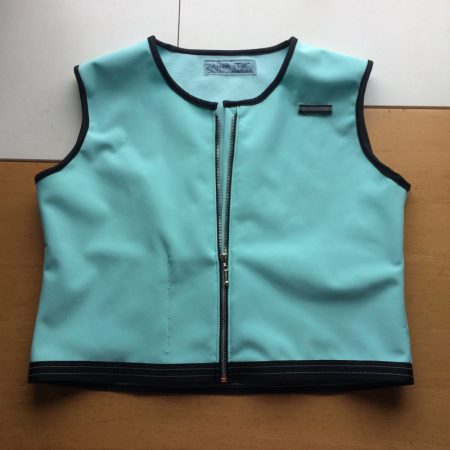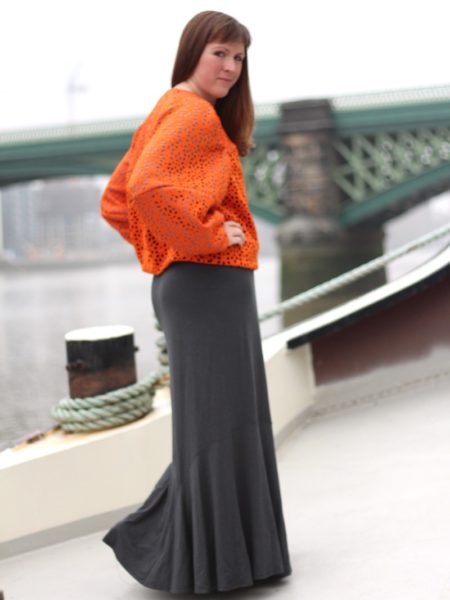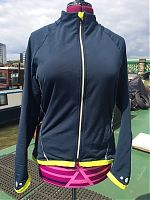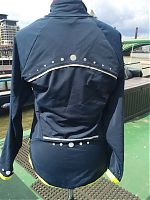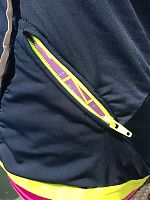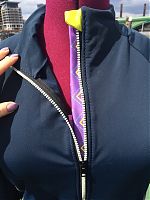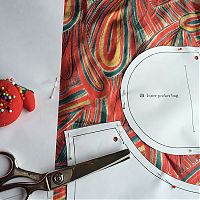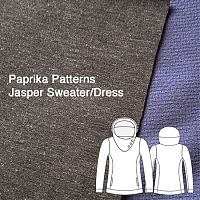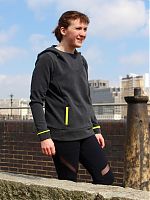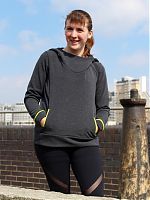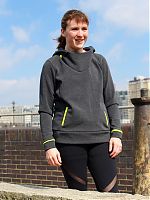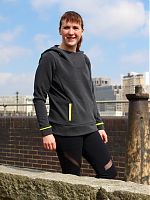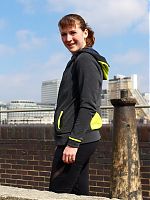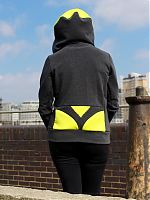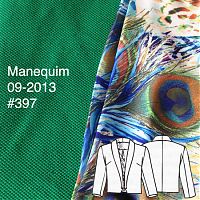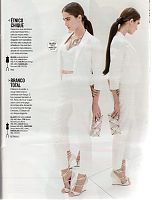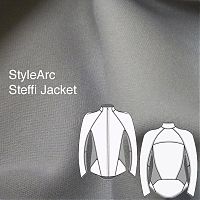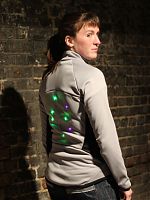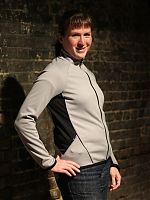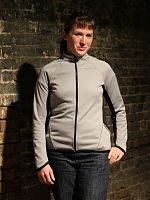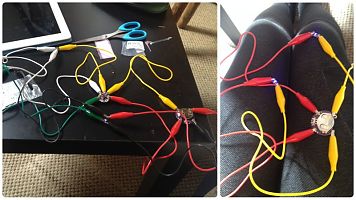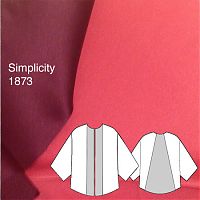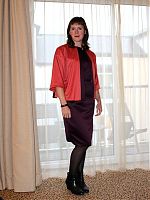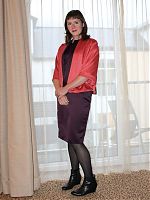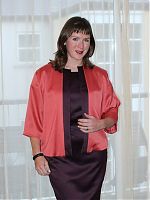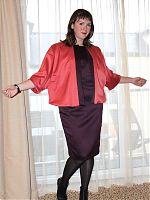This blog post title is quite a mouthful but the “fabric” I used has such a great origin story that I didn’t want it to get lost in view of the final jacket. It all started last summer, when I found out that a local coffee roasters here in London had partnered up with a Guatemalan company to reuse waste cotton fibres leftover from the denim industry. They mix the waste denim in with a small amount of virgin, undyed cotton, and produce fabric on giant looms which they turn into coffee sacks. These are then filled with local beans and shipped all over the world, and after the coffee beans are off-loaded, you can buy the recycled denim sacks to reuse however you’d like.
There’s a lot more about the super-interesting process over on Square Mile Coffee’s blog, but as soon as I heard about it, I instantly bought two sacks with the idea that I’d make myself a pair of jeans with it. But when they arrived, I realised that, while the original fibres were denim, the recycled sacks were more like a cotton bouclé, and far too loosely woven to be used in place of denim.
So I pre-washed the sacks, dutifully unpicked all the seams, and thought about making a jacket while the seasons rolled around to something more befitting an unlined jacket (since I knew I didn’t want to cover up the cool coffee sack printing!). A couple of candidate jacket patterns caught my attention, but then I saw New Look 6532 as a free covermount pattern on Sew Magazine and thought it was pretty much exactly what I had been imagining for my coffee sacks.

